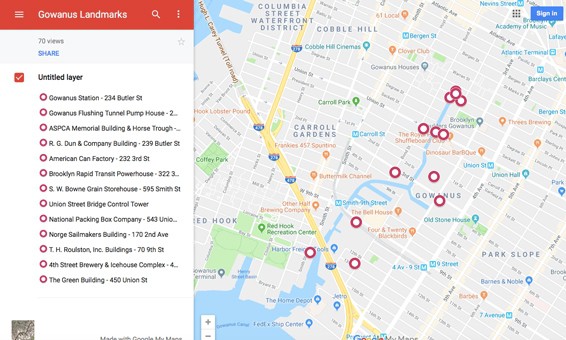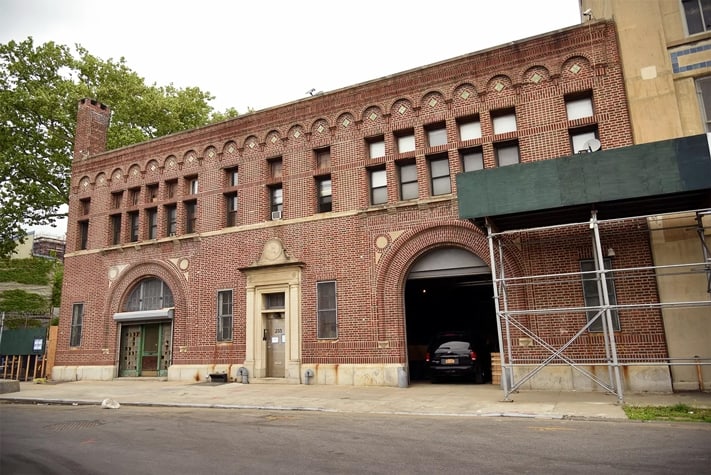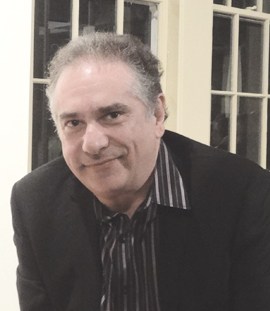For the first time in the face of a proposed city-initiated rezoning, strategic advocacy by the Gowanus Landmarking Coalition – comprised of grassroots, neighborhood and citywide advocates – has led to the proposed calendaring of a set of neighborhood landmarks, prior to the proposed rezoning.
“We view this as a great first step by the Landmarks Preservation Commission,” said Gowanus resident Brad Vogel, one of the Coalition’s co-founders, on June 25. “While we strongly encourage the Commission to continue reviewing additional potential landmarks in Gowanus – and along Brooklyn’s Fourth Avenue, in Carroll Gardens, and in Red Hook – it is heartening to see even a handful of true landmarks calendared before the proposed rezoning arrives.”

The Commission selected five of the most architecturally and narratively significant properties for calendaring, all of which were on the Coalition’s priority list. Those buildings are the: Gowanus Flushing Tunnel Pumping Station and Gate House (196 Butler St.), the old American Can Company Factory (238-246 3rd St.), Brooklyn Rapid Transit Company Central Powerhouse (153 2nd St.), Montauk Paint Manufacturing Company Building (170 2nd Ave.) and ASPCA Rogers Memorial Building (233-237 Butler St.).
This is only the beginning of an ongoing effort by the Coalition as the neighborhood moves through the rezoning process. The Commission didn’t close the door on discussion of several additional properties that the Coalition also prioritized earlier this year. Coalition members will continue to advocate for the preservation of Gowanus history with the Commission, the Department of City Planning, Council Member Brad Lander, Council Member Stephen Levin, Council Member Carlos Menchaca and the broader community.
“We are appreciative that Landmarks has gotten out ahead of the rezoning and done a tremendous amount of thoughtful work to calendar these five buildings, and that Council Member Lander has offered significant support to move this process forward,” said Kim Maier of the Old Stone House. “We want to be able to tell the story of Gowanus, and these buildings form a helpful core we can build from as we interpret its layers of history.”
While several of the sites on the Coalition’s priority list weren’t designated, the Coalition will continue to use every tool available to it to ensure that the structures aren’t lost in the rezoning.
“We will continue to push for zoning that reduces the incentive to demolish historically significant Gowanus structures on and beyond our priority list, including irreplaceable industrial icons like the Roulston complex on 9th Street, the R.G. Dun building at Butler and Nevins Streets, and the brewery and icehouse complex at 4th and Bond,” said Peter Bray of the Park Slope Civic Council. “We will also continue to liaise with public officials to explore the creation of new policies that would help to protect extant Belgian Block streetscapes in Gowanus and elsewhere in the city.”
Finding a way to reform the Department of Buildings process to prevent drop-by-drop demolitions, as in the case of the S.W. Bowne Grain Storehouse, is on the table as well.
“Watching a true landmark like S.W. Bowne get destroyed along the Gowanus Canal – first by neglect, then by fire, and now amidst an ongoing flurry of violations – has been gut-wrenching,” said Kelly Carroll of the Historic Districts Council. “We call on Gowanus-area city council members to host a roundtable to devise clear, time-sensitive ways for the Department of Buildings and the Landmarks Preservation Commission to intervene and prevent losses like this.”
The Coalition will also continue to raise awareness of the need to designate Gowanus as a state and national register historic district. State and national register status doesn’t subject owners of properties in the district to restrictions, but it does make historic properties eligible for certain state and federal historic tax credits to assist with restorations.
“Aside from the city-level calendaring, Gowanus needs to be designated a State and National register district before the rezoning is unleashed,” said Linda Mariano of Friends and Residents of Greater Gowanus. “The original 2014 effort to get the neighborhood on the registers – which could have facilitated many historically-sound restorations – was derailed due to a lack of understanding of what register designation actually entails. The State Historic Preservation Office needs to make this happen. It’s time.”
For more information about the Coalition, visit gowanuslandmarks.org.
Author
-

George Fiala has worked in radio, newspapers and direct marketing his whole life, except for when he was a vendor at Shea Stadium, pizza and cheesesteak maker in Lancaster, PA, and an occasional comic book dealer. He studied English and drinking in college, international relations at the New School, and in his spare time plays drums and fixes pinball machines.
View all posts
George Fiala has worked in radio, newspapers and direct marketing his whole life, except for when he was a vendor at Shea Stadium, pizza and cheesesteak maker in Lancaster, PA, and an occasional comic book dealer. He studied English and drinking in college, international relations at the New School, and in his spare time plays drums and fixes pinball machines.










